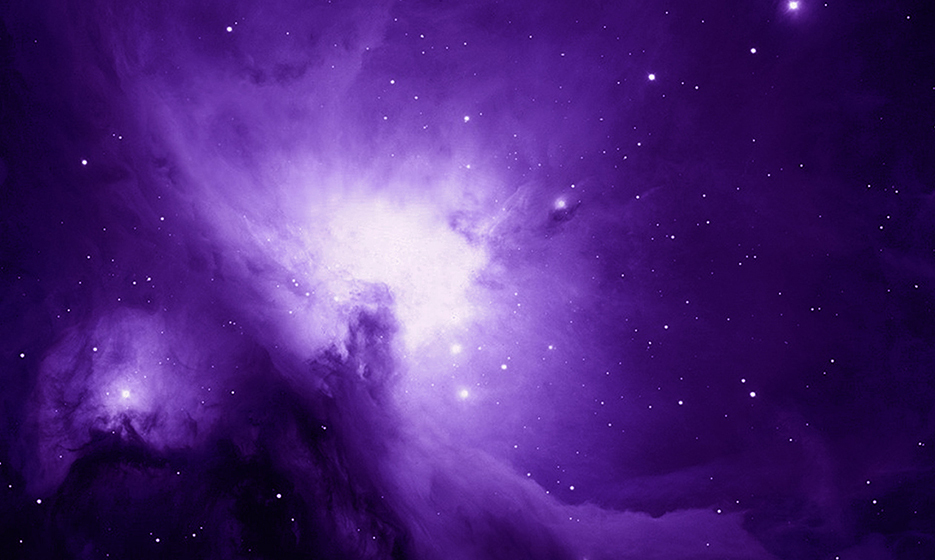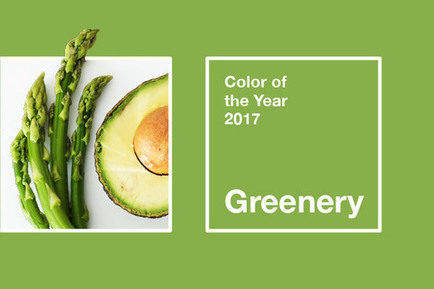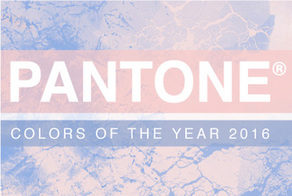Creative
Let’s talk about blue.
The color of the sea and the sky has long been a popular choice for Pantone Color of the Year, grabbing the honor eight times since 2000 (and sharing it with Rose Quartz in 2016). That’s not surprising when you consider blue is the number one favorite color of people worldwide, or that 53% of all flags contain blue. Blue is the most commonly used color in corporate brand identities. Unlike summery coral (last year’s color), blue transcends seasons. And, when it comes to men’s fashion, there’s almost nothing as sharp as a dark blue suit. On the other hand, who doesn’t love a great pair of blue jeans? I could go on and on.
So, what’s up with Classic Blue?
In all seriousness, blue didn’t become the leader of the free color world by accident. It has more complex and contradictory meanings than any other color, which of course means it makes it into our conscious and subconscious thoughts — a lot. Emotionally and psychologically, blue symbolizes authority, calmness, comfort, confidence, dependability, dignity, honesty, reassurance, reflection, relatability, resilience, trust, understanding and wisdom. Whew.
Consider those words for a minute, though. When you think about it, they’re all things we crave in today’s world — much like in 1999, when the original Color of the Year, Cerulean, emerged as Pantone’s answer to global feelings of instability as we stood on the brink of a new millennium (they even called it the “color of the millennium”). Now, the decision makers at Pantone say Classic Blue provides a safe haven from the world’s anxiety and stress, much of it due to technology. For those of us in the home category, that’s good news if you consider a good home always provides the safest of safe havens.
“Instilling calm, confidence, and connection, this enduring blue hue highlights our desire for a dependable and stable foundation on which to build as we cross the threshold into a new era.” –Pantone
As for other possible underlying meanings? Well, Classic Blue happens to closely resemble the signature color of a certain political party. While you won’t see that in any of the official language from Pantone, I think the association is extremely intentional, like everything else about every Color of the Year.


